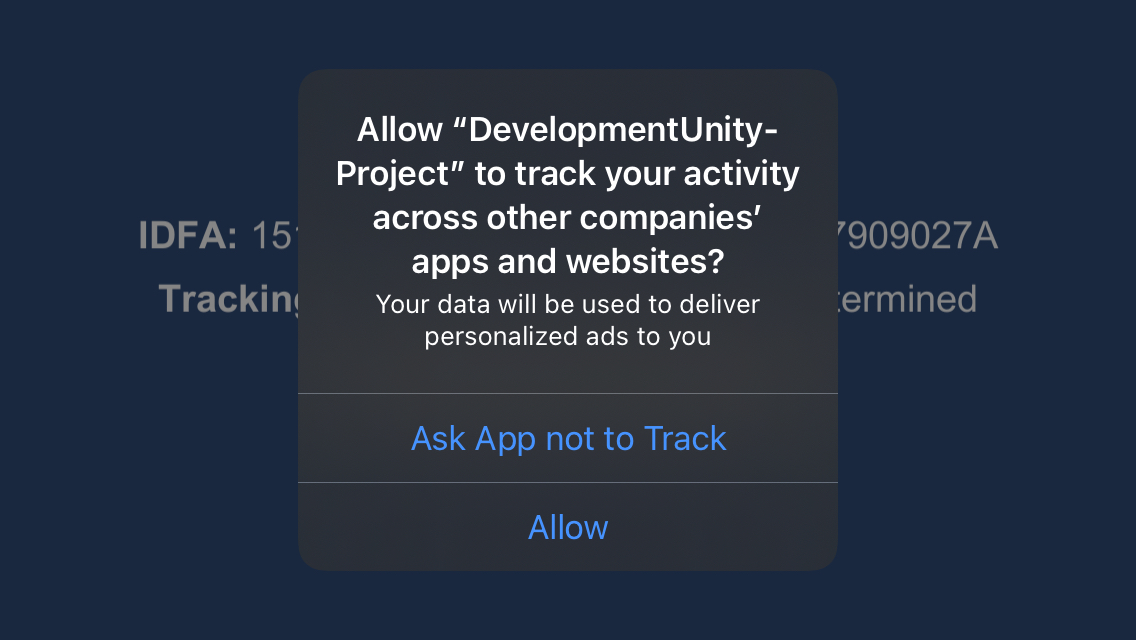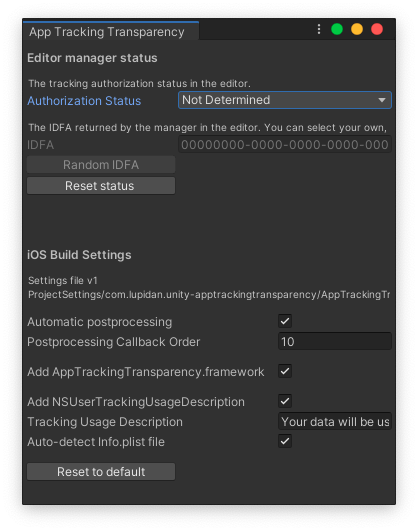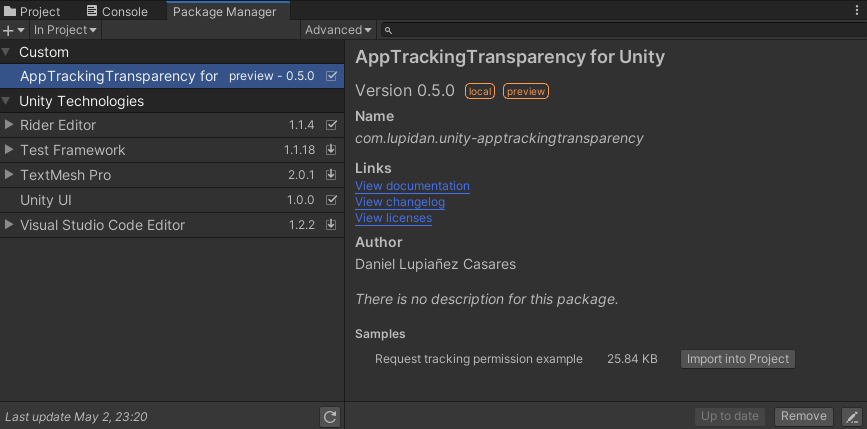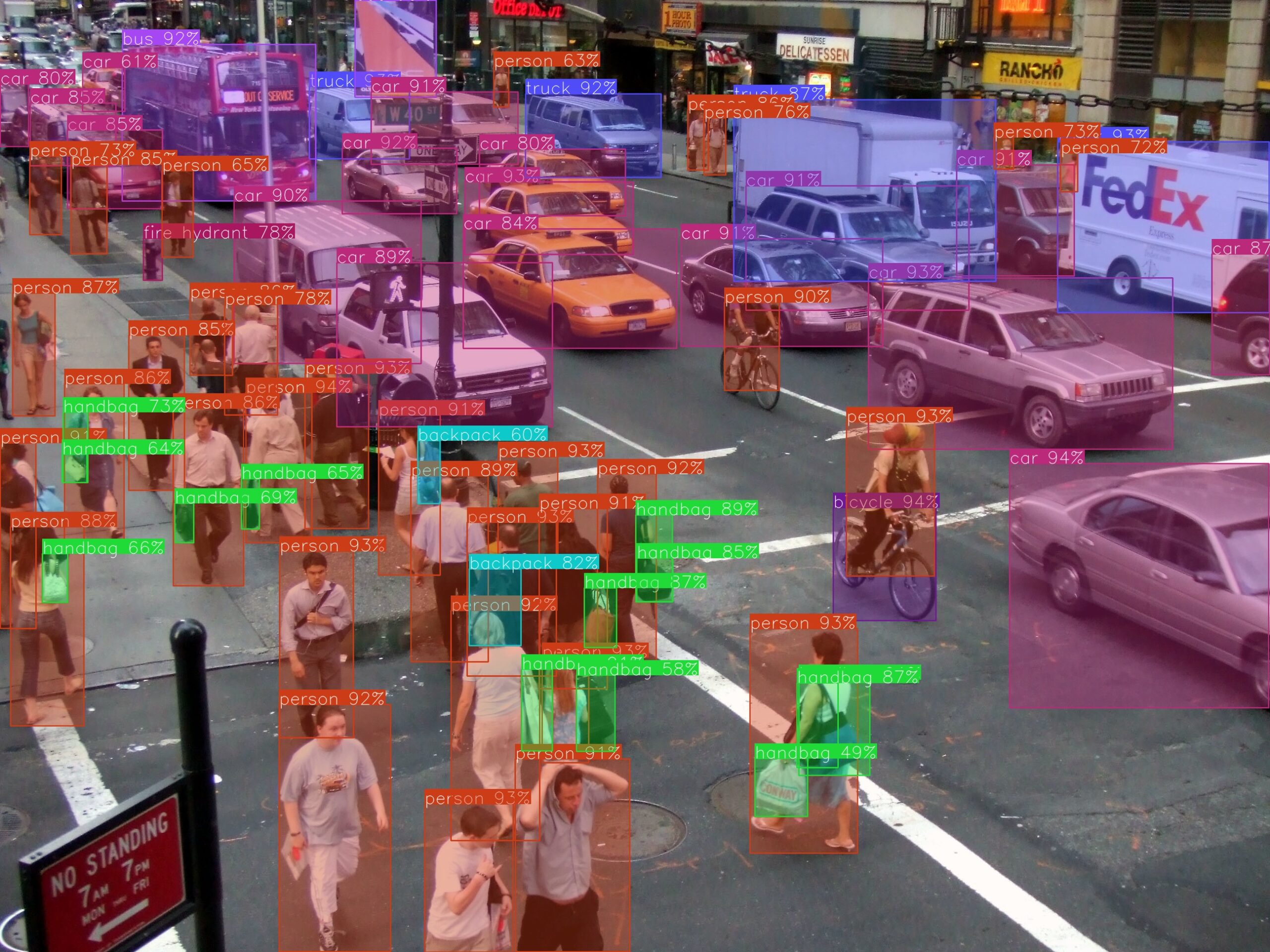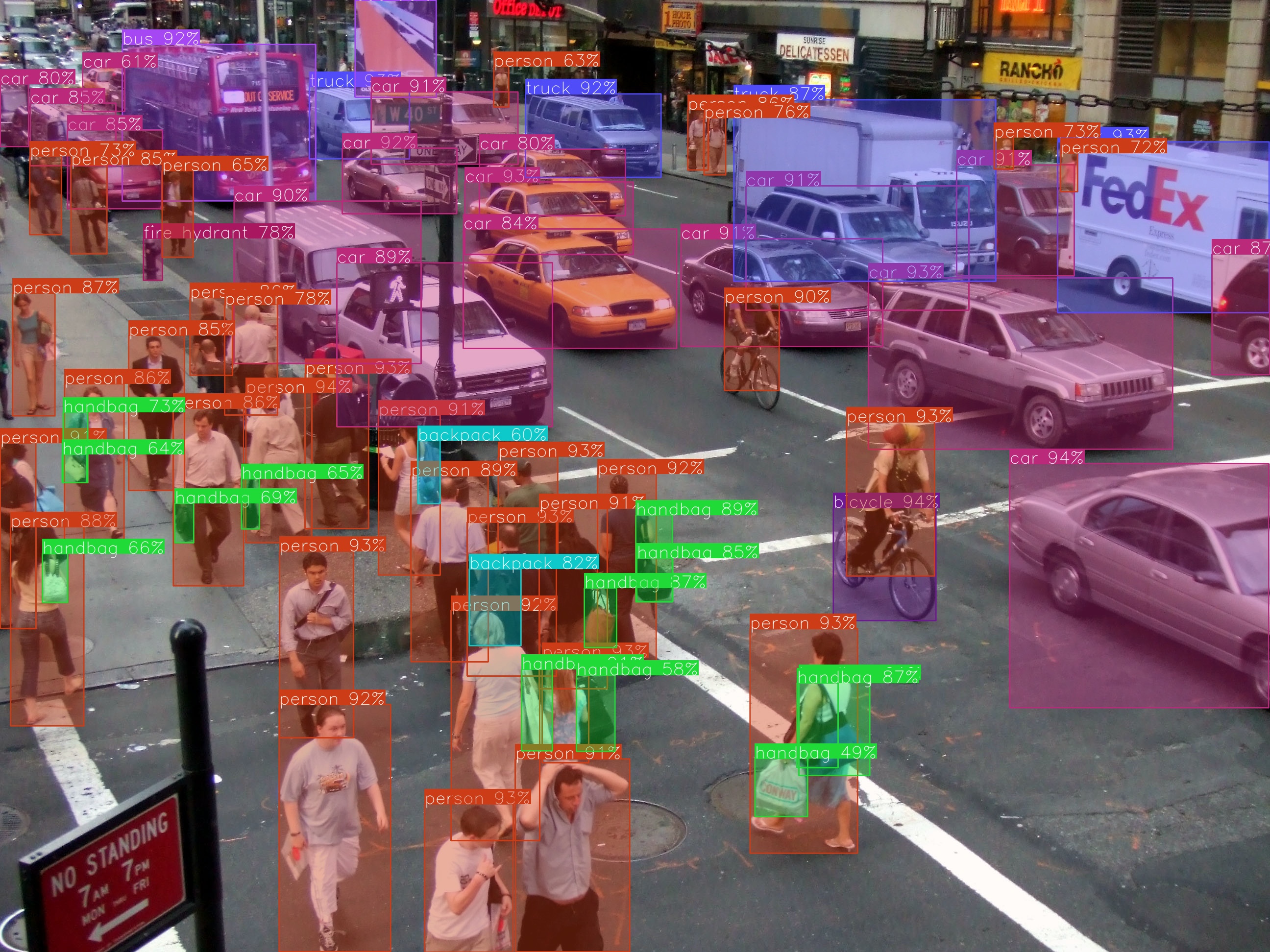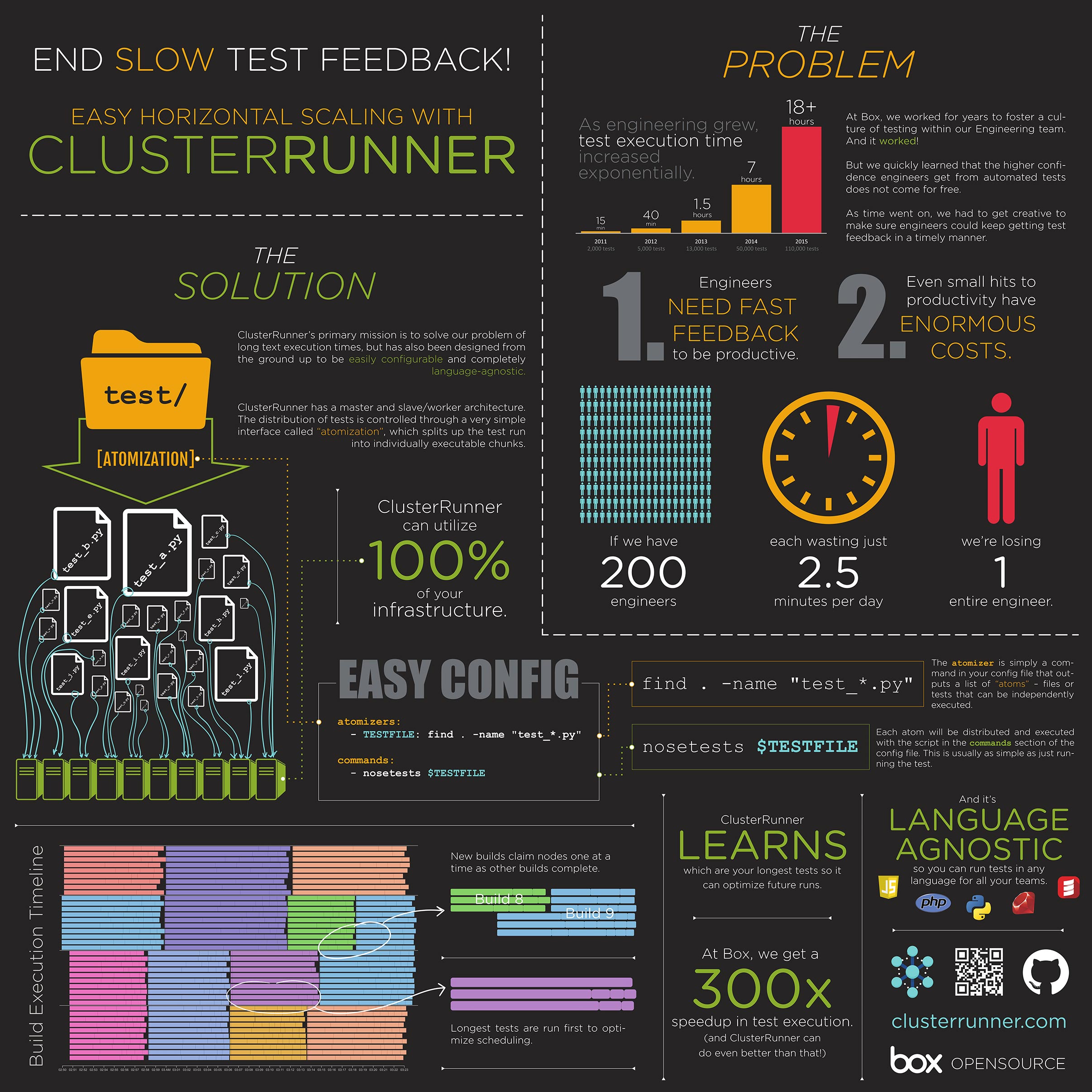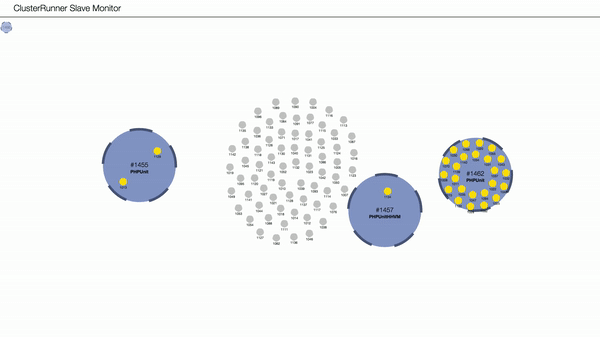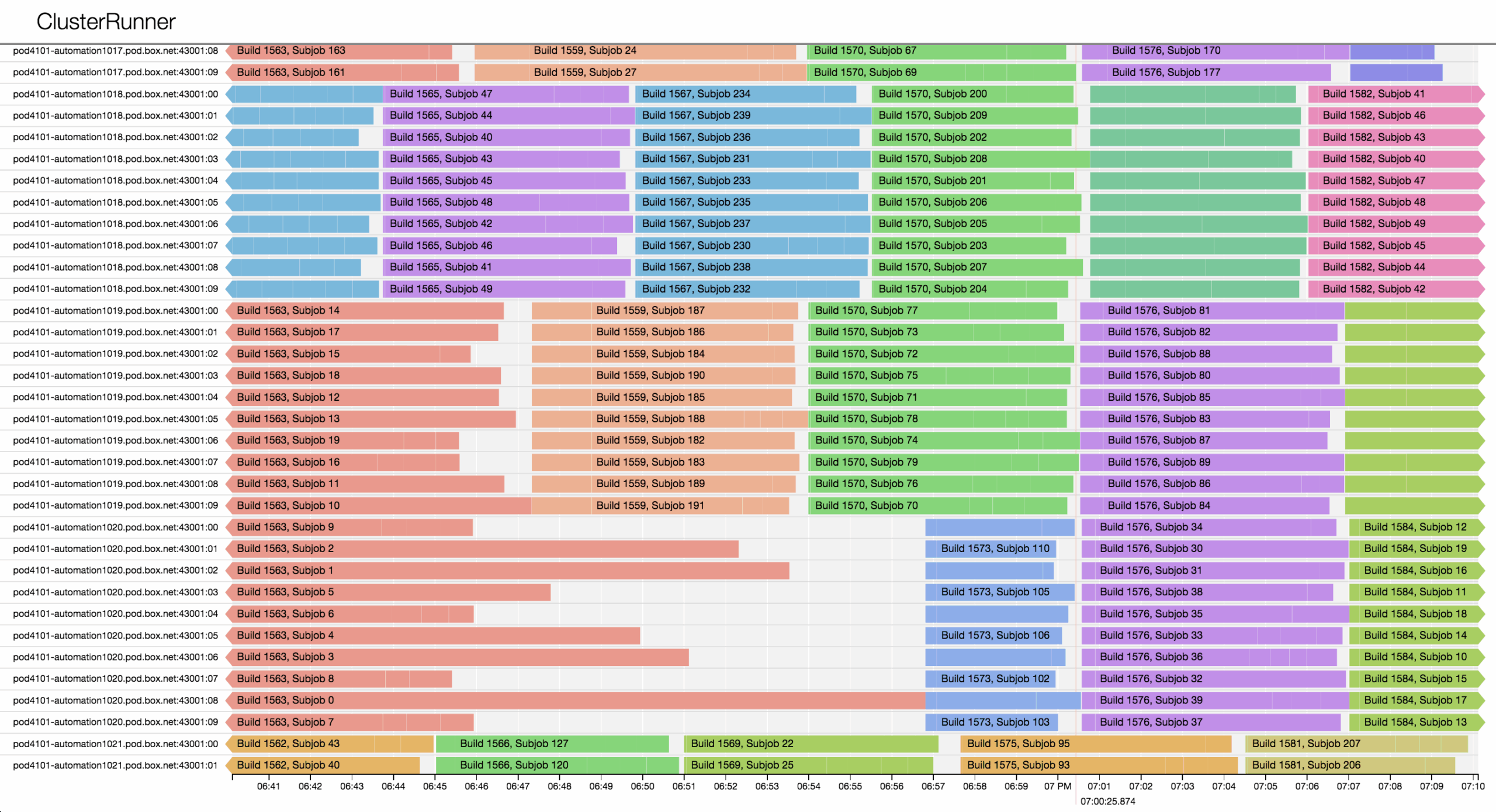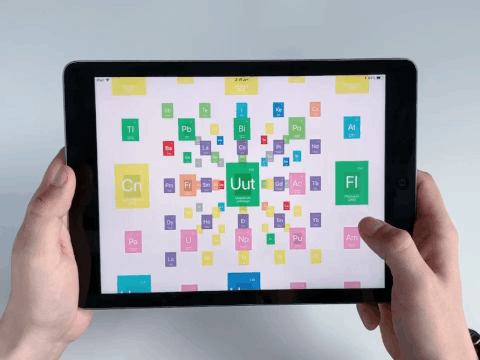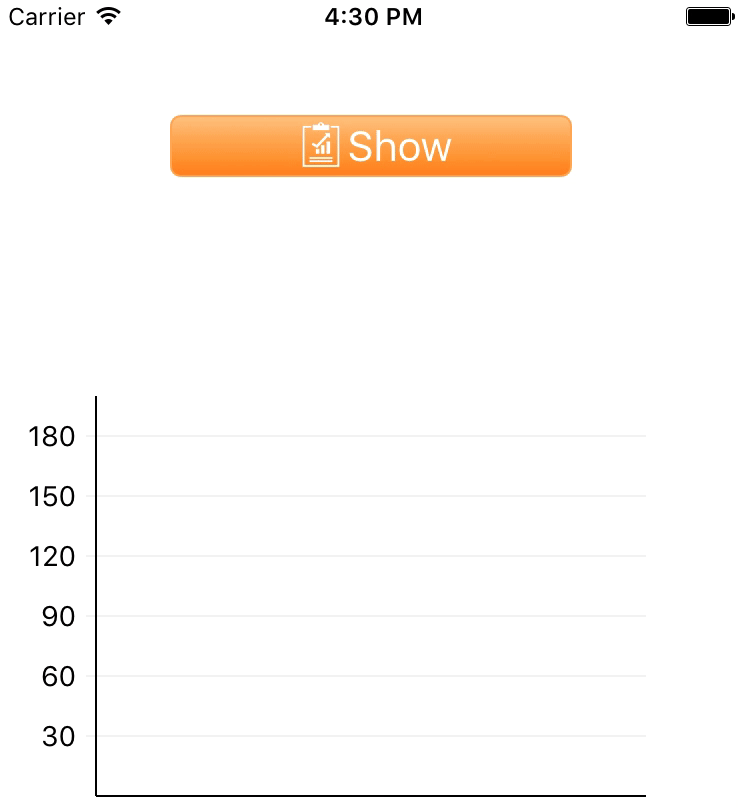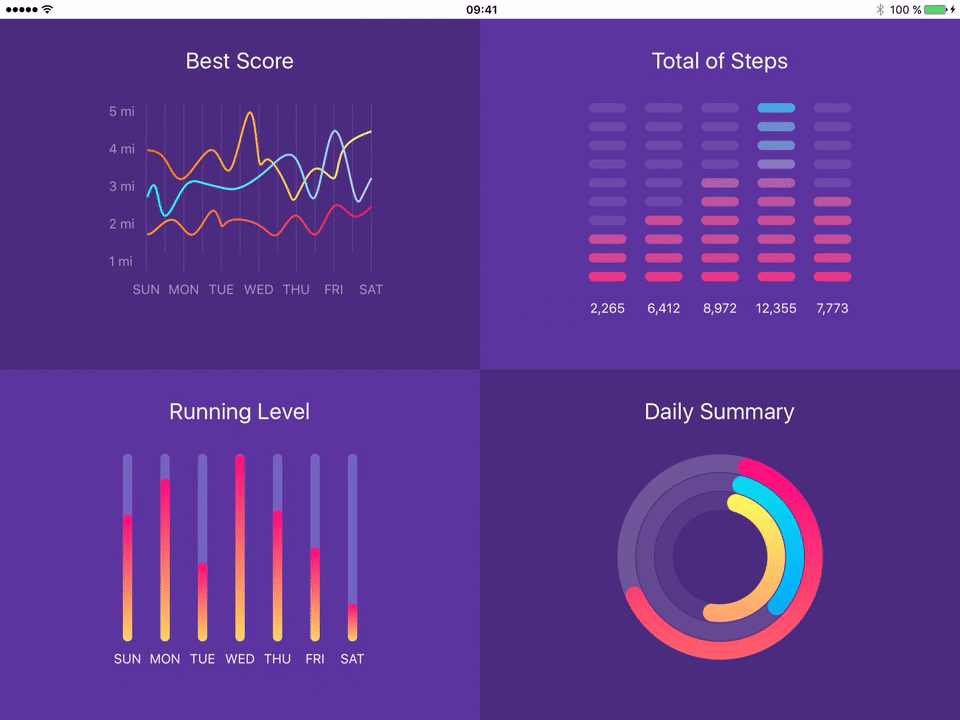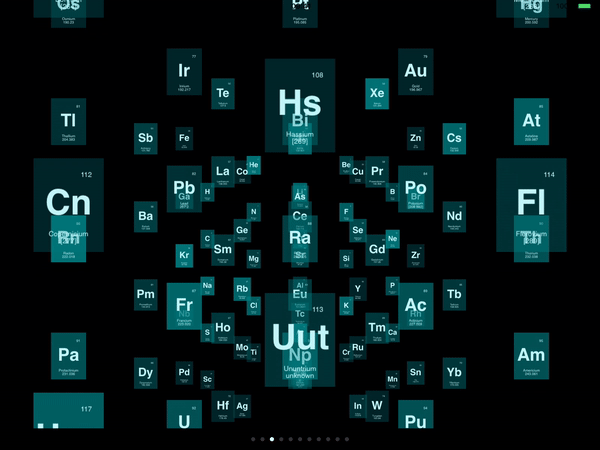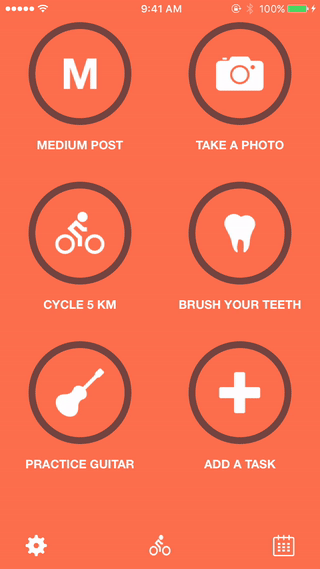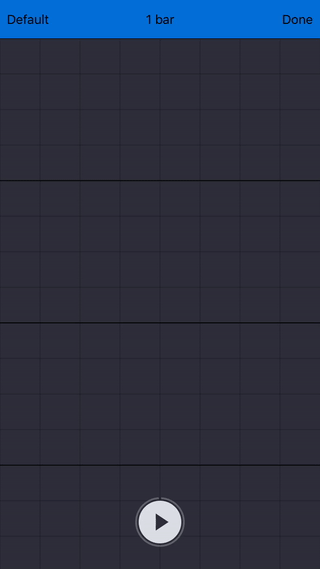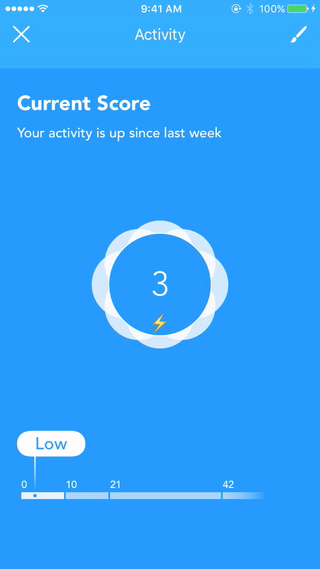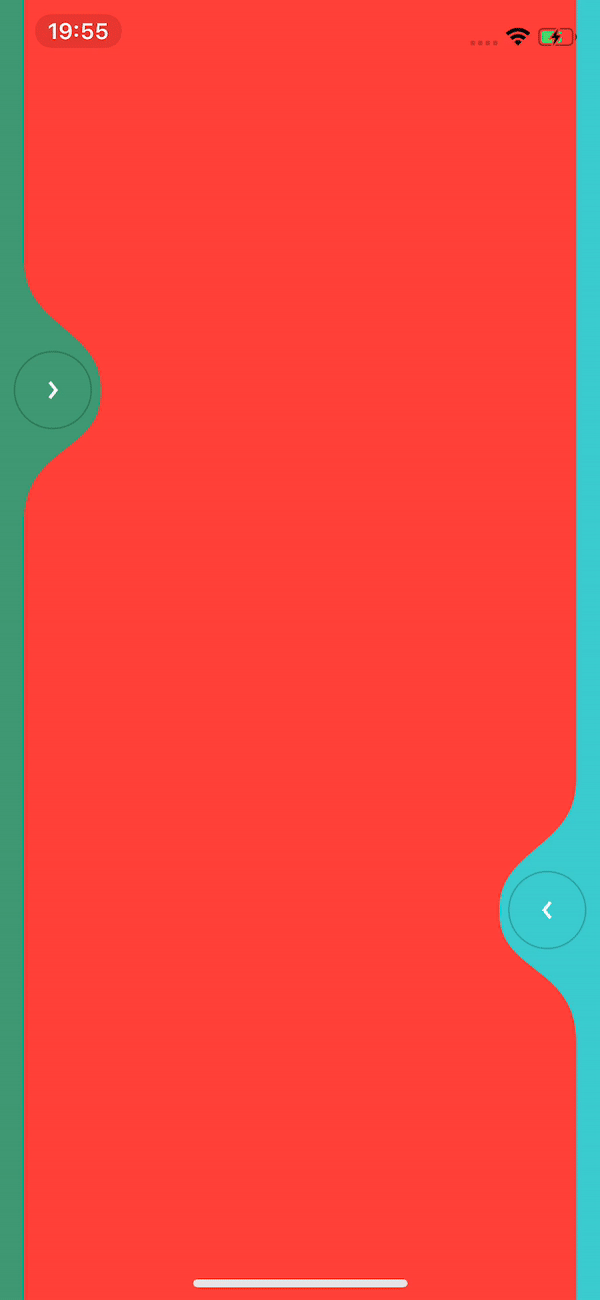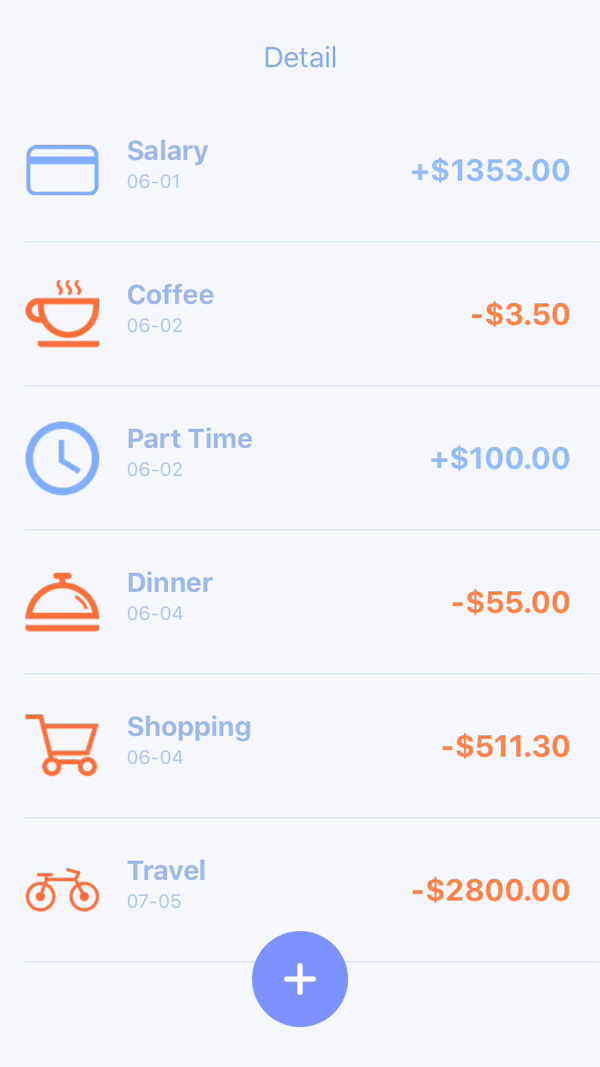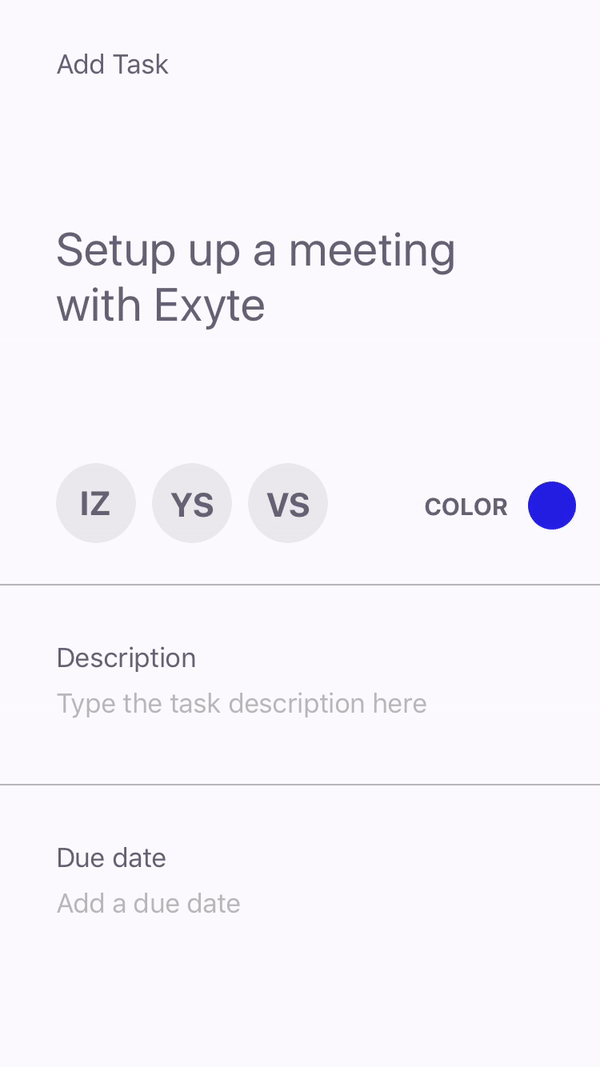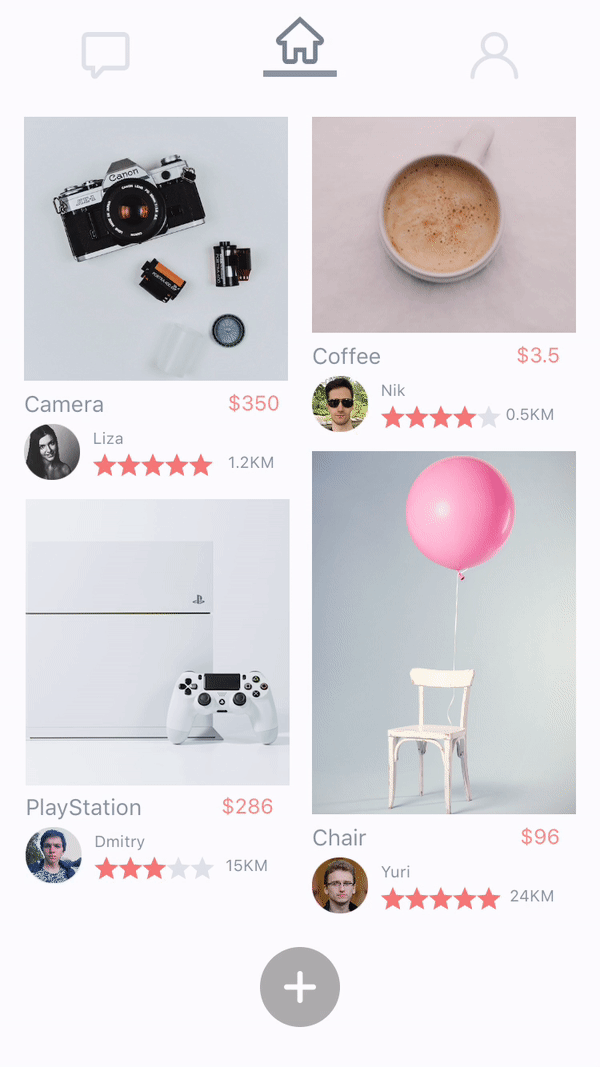Lib for bind/aggregate/group QueryDsl results in multiple level objects.
QueryDsl is a framework for JPA/Java to write queries with generated QType objects. A plugin read your JPA entities and generates these files.
A frequently task in development queries is aggregate a query result into related objects, that may be into entity objects or other objects, like DTO and object values.
QueryDsl has a functionality to aggregate a result into a parent and children objects, documented in http://www.querydsl.com/static/querydsl/latest/reference/html/ch03s02.html.
In “3.2.4. Result aggregation” section, a query example with posts and comments is presented. But QueryDsl not provide a way to aggregate objects with more deep children levels, like explaned in https://stackoverflow.com/questions/59655149/querydsl-multilevel-result-aggregation.
A similar question in QueryDsl mailing https://groups.google.com/g/querydsl/c/DqkGu-6128I/m/jnOUWinWAwAJ. The answer in 2015 is “Querydsl group by projection doesn’t yet fully support multiple levels”. A issue with this problem also still open on github: querydsl/querydsl#1794.
There is no way to deal with a query like:
List<City> cities = query.from(_city)
.join(_city.state, _state)
.join(_state.country, _country)
//some way to select fields and bind/groupby/aggregate values in multiple object levels
;
Sometimes we need this result in a object-structure like:
public class City {
private Long id;
private String name;
private State state;
}
public class State {
private Long id;
private String name;
private Country country;
}
public class Country {
private Long id;
private String name;
private List<State> states;
}
I researched for a solution or way to solve this need, but seemingly no exist a way to do this only with Querydsl/Spring JPA. Without the approach below, the problem could be solved manually managing these results or making separated queries.
This lib offers a way to convert/bind/aggregate QueryDsl results into objects with n children levels. See a example below:
JPAQuery<Tuple> query = new JPAQuery<Tuple>(em);
query.from(_city)
.join(_city.state, _state)
.join(_state.country, _country);
List<Tuple> tupleResult = query.select(_city.id, _city.name,
_state.id, _state.name,
_country.id, _country.name).orderBy(_city.id.asc()).fetch();
List<City> cities = QueryDslBinder.to(tupleResult, City.class,
new GroupByBinder()
.key("id", _city.id).
field("name", _city.name)
.single("state", new GroupByBinder()
.key("id", _state.id)
.field("name", _state.name)
.single("country", new GroupByBinder()
.key("id", _country.id)
.field("name", _country.name)
.collection("states", new GroupByBinder()
.key("id", _state.id)))));
The method QueryDslBinder.to convert a list of querydsl tuple into desired list of City objects. The third parameter is the bind specification, where “key” and “field” properties inside class City are associated with respective querydsl expression used in select statement. Can be specified more than one “keys” for composite keys, “fields”, “single” relations and “collection” relations in any level.
When we want a grouping, like State on class City, we specify a “single” object with the field name on class City, and specify your fields.
When we want a grouping list, like the object Country with a list of States, we specify a “collection” and their fields. In example case, a state and your fields are already specified on parent, so “states” attribute of country will contain a list of States with fields id and name already filled, althought field “name” was not specified at this moment. Objects will have the same reference memory. Objects are instanciated only one time, according with specified “key” and type class that belongs.
With this lib, a result can be aggregated with any children level, in different manners. Children with backward parent reference, with each object and your unique key will have only one and same reference.
A complete working automation test can be found in file QuerySqlBinderIntegrationTest.java, that run with Spring Boot, JPA, QueryDsl and H2 database. This code demonstrate a simple example, but this lib was used in many queries in private company project, supporting a variety of queries and needs.

